This past month has been a busy one up in the San Bernardino National Forest as we have become involved in a kaleidoscope of projects all across the mountain. With the season heating up both literally and figuratively a large amount of the target species on our list are getting close for seed collection. Due to this, Karen and I have made it top priority to get as many of our target species pressed before they become nothing more than husks of cellulose. This has led us to spending quite a bit of time in tracking down the most suitable specimen for pressing at each monitoring site leading us into various areas ranging from thick pinyon forests to arid desert flats. As of current we have collected a decent number of specimens from a few of our target sites such as P.centranthifolius, S.columbariae, S.speciosa, E.elymoides, and L.andersonii. In addition to this, we have learned how to mount completed specimens along with creating the identification tag that correlates to each species. It has been rather exciting adding collections to the Big Bear Herbarium especially species not documented in certain areas as it will in turn, assist future teams on where and when to find a certain species. The work is labor intensive but rewarding, sometimes we spend quite some time digging species out of the ground attempting to preserve the root as best as we can. From muggy bug-ridden meadows to rocky desert flats, we can often be found hunched over in the dirt digging fervently to remove these prime specimens before they wither away.
Also, some exciting news is we have completed our seed collection for S.columbariae with a total of 44,460 seeds gathered which is above the target goal of 30,000 needed! We were able to find, along with the help of our mentor Drew a large population of this species near the Santa Ana River a few hours from Big Bear. Along with the seed we gathered from other smaller sites we were extremely excited about the accomplishment. As of right now we have some seed processing to do as well for the grasses, so we are eager to see how much we have gathered and whether site revisitation is needed after evaluation.
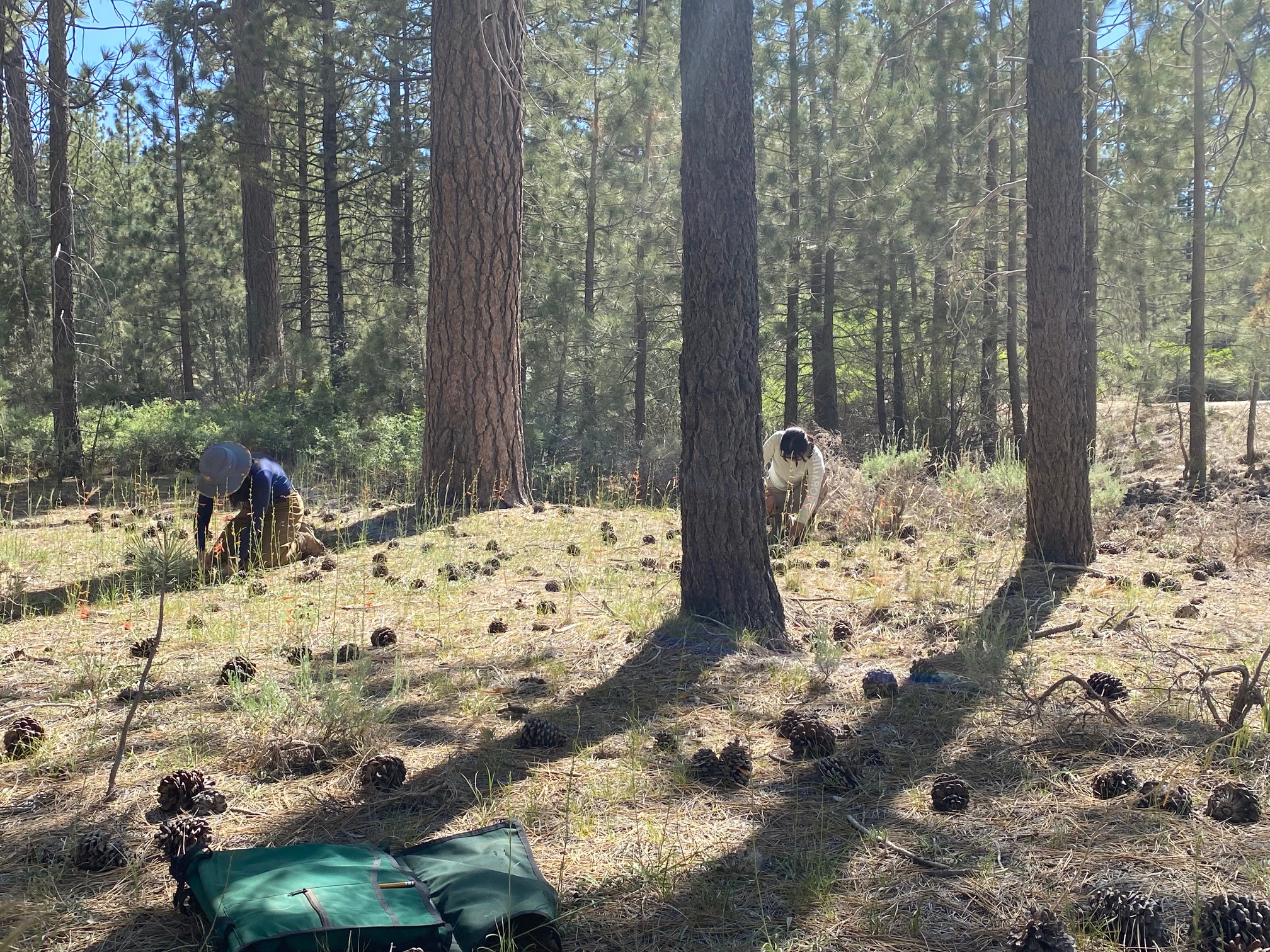
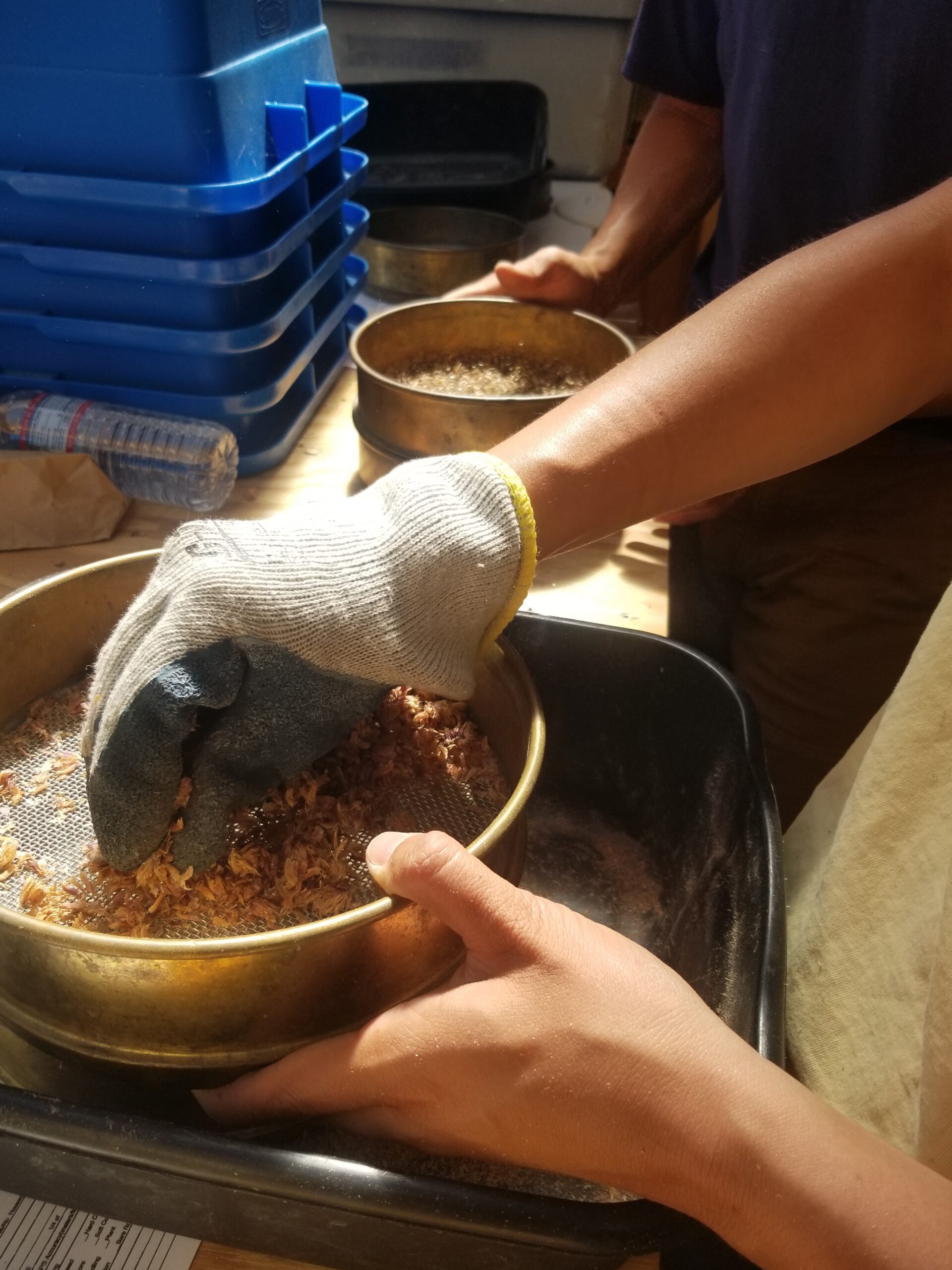
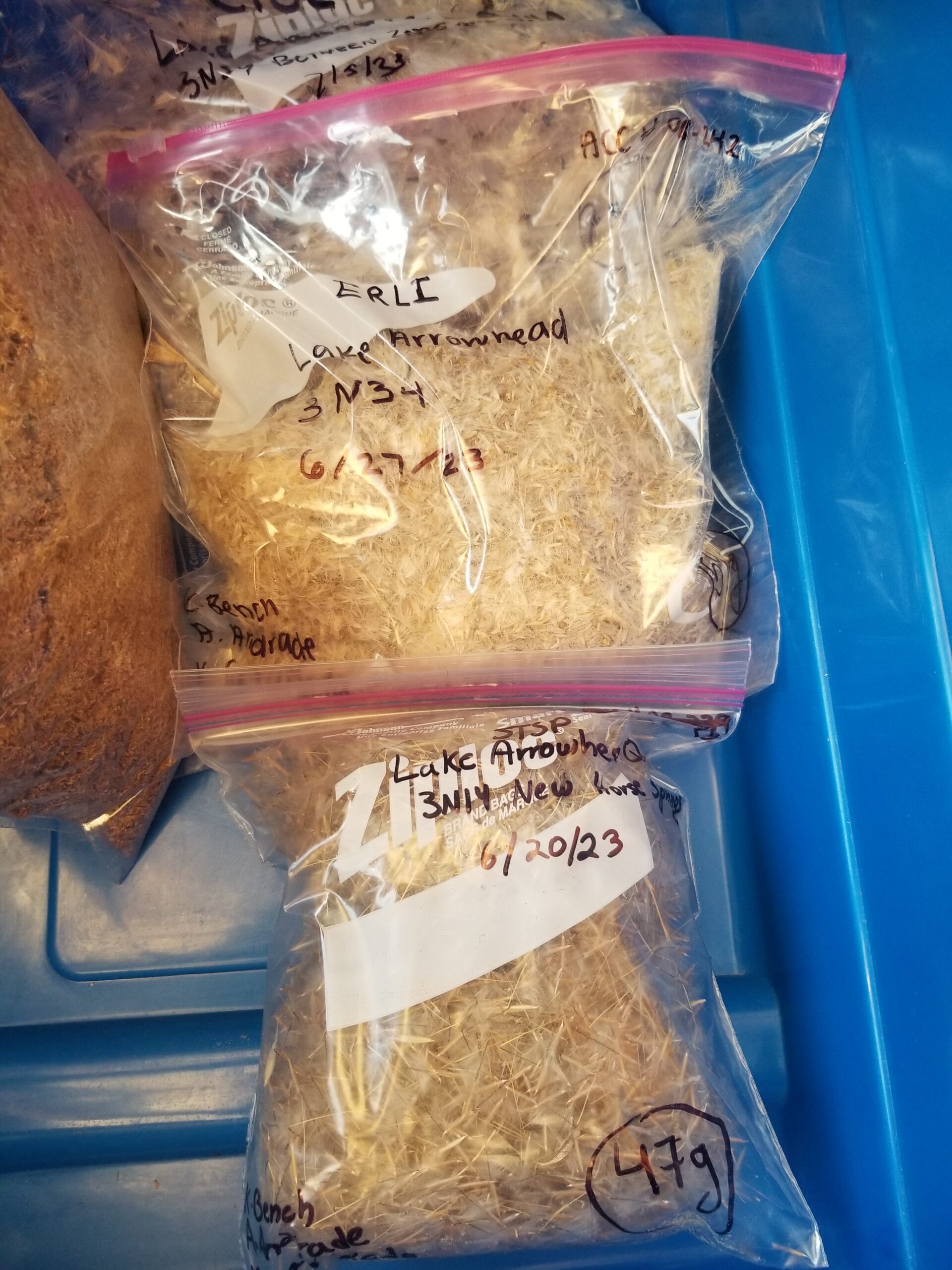
Another project we have focused on is assisting in the remodel of the Lytle Creek nursery to assist it in improving Phytophera BMP protocols and growing capacity. Our responsibility in this project was to remove two large Asclepias fasicularis beds and to transplant the milkweeds into pots for future nursery uses. It was lovely conducting this project as the place was filled with monarchs and their caterpillars. When removal was taking place, we took great care in checking if any of the plants had larvae or eggs and would treat them more gingerly. We spent the day disinfecting pots and utensils while also getting dirty in the mud!
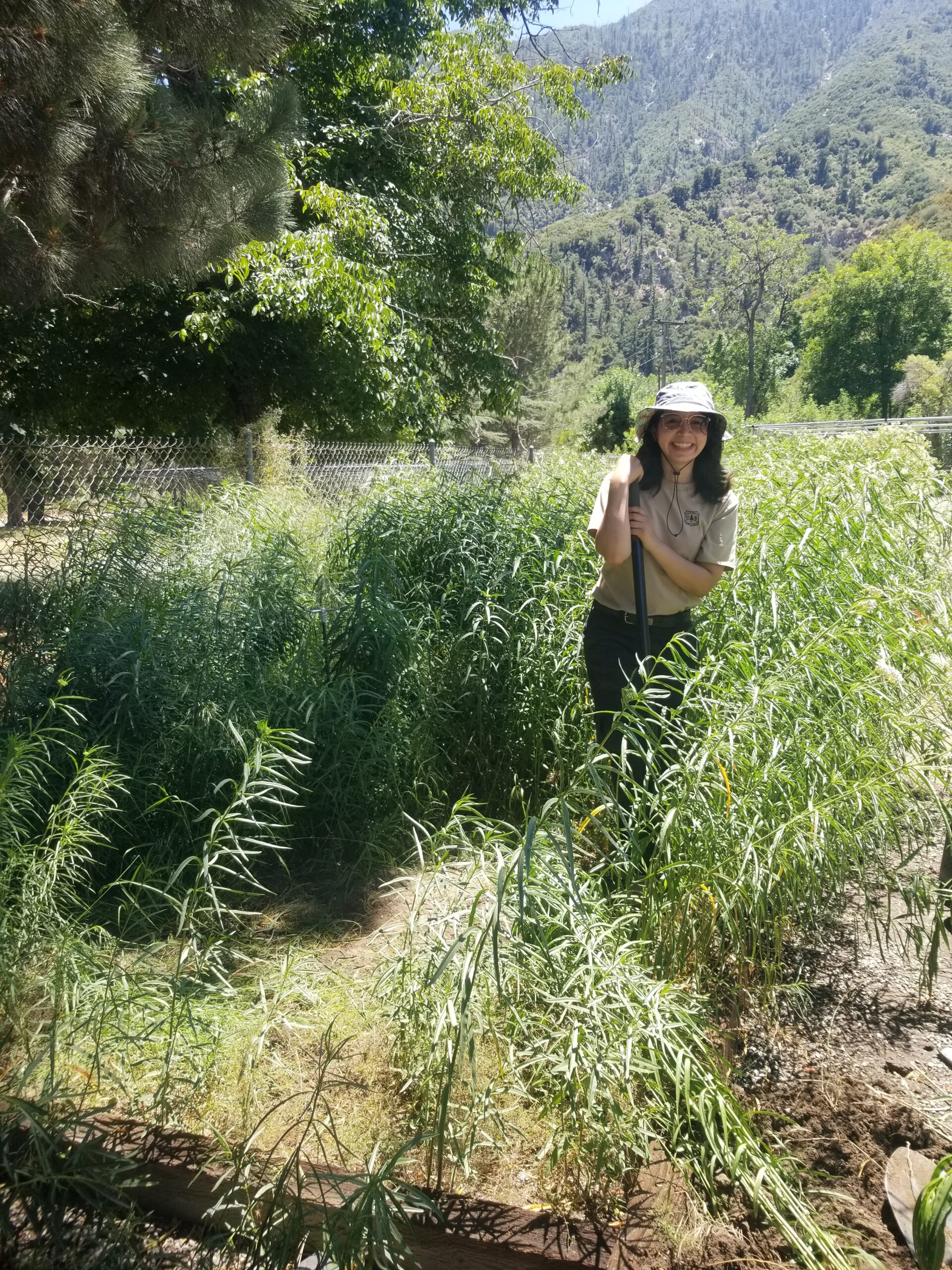
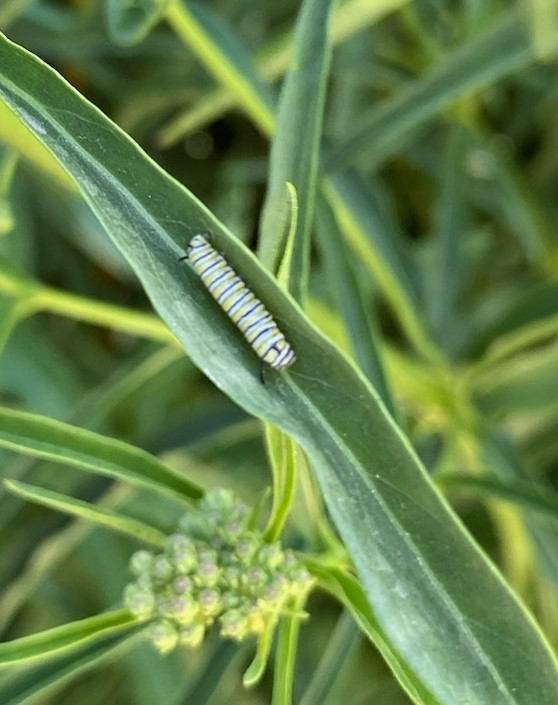
Another major endeavor conducted this month was the collection and transportation of 100s of pounds of mulch to prepare for a restoration project taking place in Lake Arrowhead towards the end of September. This project was a day long endeavor and was incredibly labor intensive as it took a total of 4 hours to load and unload the mulch from trailer to restoration site. The mulch harvested for this project was aged for a few years before use, leading to the development of long strings of mycelium undergrowth trapped in each pile. With such a rich and healthy pile to harvest from I am hopeful that the nursery plants planted in this earth will thrive. The location specifically of the restoration site is actually near the Northshore cabin where I currently reside, and I am excited to see the desolate patch of earth damaged by OHV use near the campground become rich in healthy native species again.
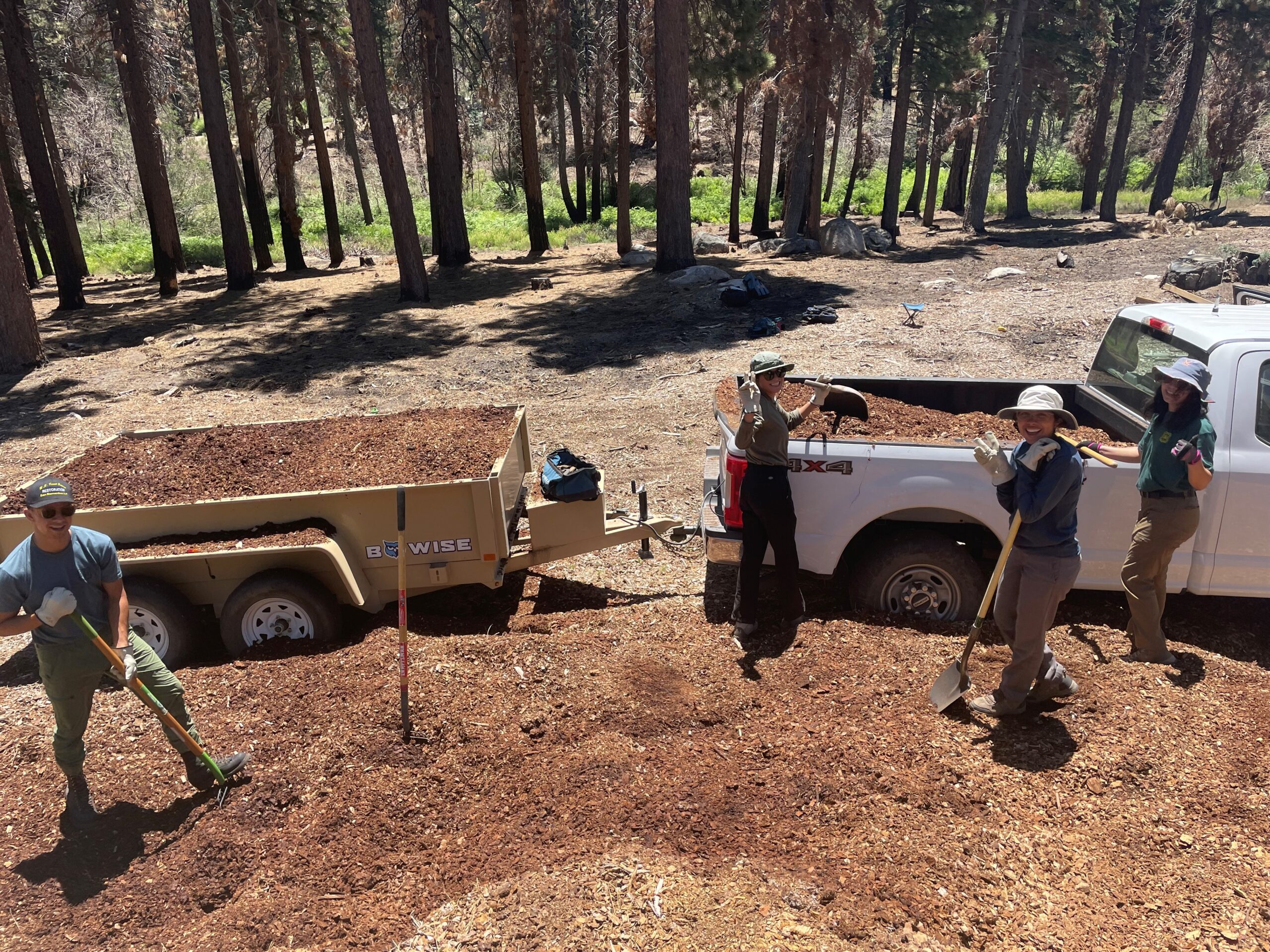
Overall, this month has been a blast and as I’ve continued working in this field it has become apparent that there is plenty of love and care put in place for the local plant communities in the San Bernardino National Forest. Everyone plays a part in the restoration and botany team in aiding in accomplishing our goals and it’s been lovely working with the diverse set of individuals found in different sectors in forestry. While the projects at times may be difficult or physically tiring the results are rewarding and I am excited to continue contributing my part in helping protect the habitats of the native flora found in this stunningly diverse forest.
